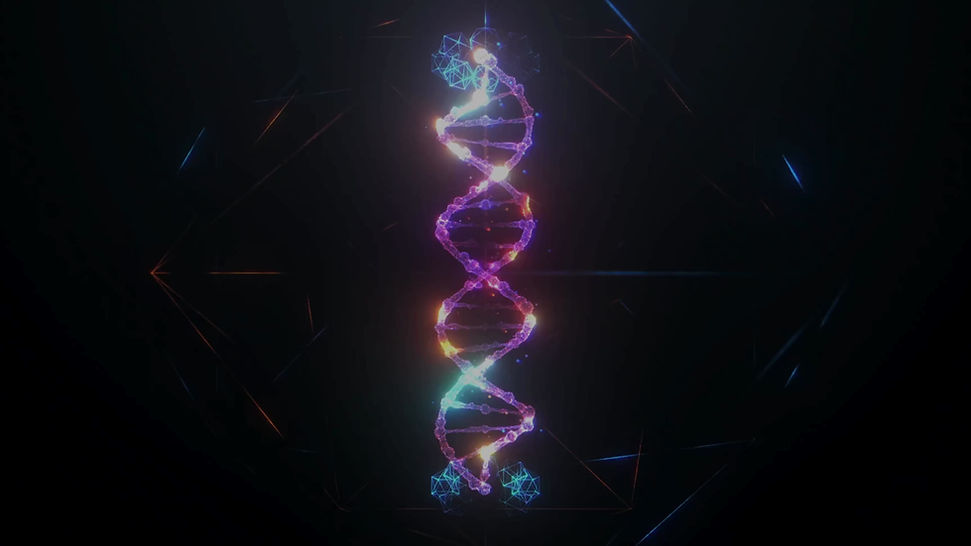Where Nature, Industry,
and Health Converge.

BioSymphony
Anticipate. Innovate. Cure.
Welcome to
BioSymphony Research & Advocacy Group
We are dedicated to transforming how the world understands, prevents, and responds to the health impacts of toxic exposure—through cutting-edge research, education, and collaborative innovation.
At the heart of BioSymphony’s mission is our evolving AI platform—designed not as a static product, but as a living, learning system. It listens to real-world patient narratives, integrates clinical and biological data, and adapts continuously. Built for seamless collaboration among care teams, researchers, and advocates worldwide. Our aim is to bring the platform to market to function as both a clinical decision support system and a shared intelligence hub—bridging the gaps between siloed data, disconnected systems, and lived experience.
Our intuitive interface aims to enable real-time tracking of exposures, symptoms, diagnostics, and treatment responses—linking molecular, genetic, environmental, psychosocial, and socio-economic data to deliver meaningful, context-rich insights for both clinicians and patients.
Beneath the Surface:
BioSymphony’s Learning Engine
BioSymphony operates on a secure, privacy-preserving framework that harmonizes, models, and analyzes deeply layered data sources, including:
• Structured clinical records
• Natural language processing (of EMRs, notes, transcripts, and
unstructured documents)
• Physician notes and narratives
• Patient-generated input (PGHD, symptom tracking, surveys, lived
experience)
• Environmental exposure timelines (linked to geography, climate, and
known toxicants)
• Geospatial data (climate zones, population density, risk gradients,
historical address mapping)
• Real-world sensor data (wearables, home devices, environmental sensors,
vitals)
• Molecular modeling and drug discovery datasets
• Whole genome and epigenomic sequencing
• Transcriptomic and proteomic data (where available)
• Ancestral and demographic records
• Socio-economic indicators (income, education, housing, employment)
• Psychosocial stressors (mental health, isolation, trauma, support systems)
• Clinical trial registries and real-world treatment outcomes
• Peer-reviewed literature and meta-analyses
• Public genomic and phenotype databases (e.g., GEO, dbGaP, UK
Biobank)
With patient consent, anonymized records may be shared across networks and institutions to support large-scale research and learning—while maintaining individual privacy and data sovereignty.
🧬 Building the Multidimensional Health Graph
BioSymphony constructs a dynamic, multidimensional health graph for every user—revealing not only symptoms, but the underlying contributors to disease progression. These graphs highlight:
-
Underlying exposure pathways and disrupted molecular signaling
-
Genomic and epigenomic vulnerabilities
-
Psychosocial burdens and mental health challenges
-
Socio-economic conditions shaping access and outcomes
-
Transgenerational markers of harm
These models are refined through reinforcement learning, contextual embeddings, and feedback from licensed clinicians and research teams—enabling earlier, smarter intervention where conventional systems often fall short.
Modeling and Predictive Insight Begins in the Interface
BioSymphony’s modeling tools will activate immediately as data is entered or imported into the platform:
• Temporal modeling tracks symptom onset, progression, and relapse
patterns over time.
• Genetic pedigree modeling maps familial and relational proximity—even
when records are incomplete—by cross-referencing user data with
anonymized public genomic databases.
🧬 When a Match Is Found in a Public Genomic Database
1. Genotype-to-Phenotype Links
When a user’s genome matches a public dataset, BioSymphony attempts to trace inherited traits, variant expressions, and health markers.
Databases like GEO and dbGaP often include:
-
Age
-
Sex
-
Ethnicity
-
Disease status
-
Clinical outcomes and treatment response
2. Demographic & Environmental Context
Repositories like UK Biobank and the Framingham Heart Study may include:
-
Geographic origin
-
Socio-economic data
-
Environmental exposures
These matches don’t just reflect shared genetics—they carry contextual echoes: tracked conditions, medications used, and timelines of disease onset.
3. Predictive Insight from Genomic Neighbors
BioSymphony leverages "nearest neighbor" matches to model likely trajectories—helping clinicians and patients anticipate what’s next, even in the absence of direct familial ties.
This opens the door to proactive, precision care—while protecting patient identifiers and anonymity—where silent risks become visible, and preventable harm is caught in time.
Additional Modeling Layers in BioSymphony
• Geospatial modeling tracks toxicant exposure, regional climate factors,
and population-level health disparities.
• Psychosocial modeling incorporates mental health, trauma, isolation, and
access to support networks.
• Socio-economic modeling maps how education, employment, income,
and housing influence care and outcomes.
• Ancestral and demographic modeling ensures predictions and thresholds
are population- and individual-specific—avoiding one-size-fits-all errors.
From Data to Decision—and Back Again
Through secure, tiered LLM integration, BioSymphony enables:
• Interactive case reviews—led by physicians, specialists, and care teams
• Predictive health forecasting and early risk detection
• Personalized, AI-enhanced care guidance—offering real-time alerts to
stakeholders when potential issues remain unaddressed
These outputs are not simply rule-based—they draw from an expanding body of validated literature, clinical outcomes, and human corrections. Every user interaction makes the system smarter, fairer, and more responsive to the realities of care.
BioSymphony Is More Than a Tool
It’s a system that understands biology in context—where trauma, inequality, environment, and genetics all contribute to outcomes. And for the first time, the system listens.
Preserving Stories. Shaping Outcomes.
By prioritizing accessibility, clarity, and adaptability, BioSymphony empowers healthcare teams, researchers, and patients to move from data to decision—while accelerating the path from discovery to healing.
The future of healthcare isn’t reactionary. It’s personal.
At BioSymphony, our evolving AI platform empowers care teams to anticipate, adapt, and act early—delivering the right intervention before illness becomes permanent reality.
We're not just imagining the future of medicine.
We’re building it—one step, one signal, one life at a time.
Not just treating what is—but preventing what could have been.
Recent Advocacy Efforts


"It’s easy to point out a problem. The real challenge is staying engaged — working through the complexities until real solutions emerge."







